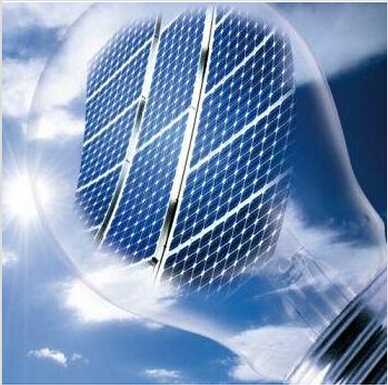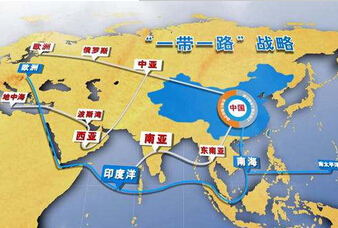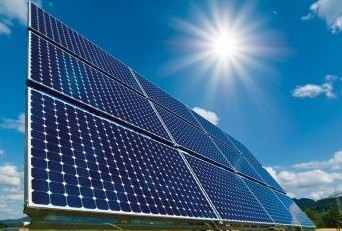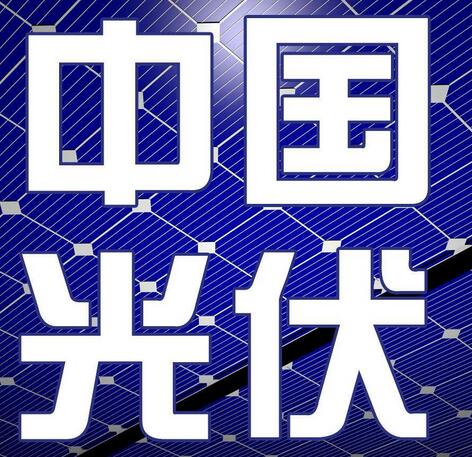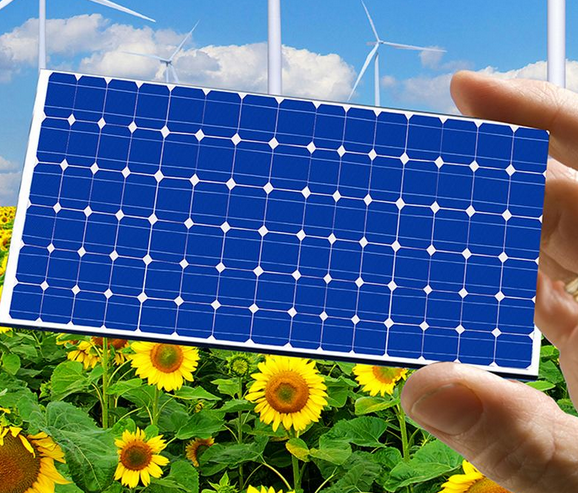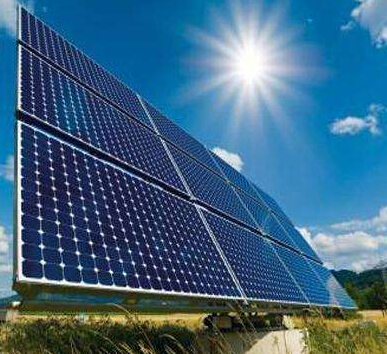The industry outlook is downgraded to a down market. Due to the strong market impact caused by policy adjustments and the apparent increase in the uncertainty of business operations, we have lowered our outlook for China's PV industry to a lagging market. We expect the National Development and Reform Commission, the Ministry of Finance, and the National Energy Administration to tighten control over the development of photovoltaic projects will cause significant demand for cliffs in 2018, which will have a negative impact on PV product shipments, sales prices, and gross profit margins, leading to photovoltaic supply. Corporate profitability and cash flow levels in the chain will deteriorate significantly. According to the recent interpretation of the policies of the major listed companies in the photovoltaic industry chain and the judgment of the future business situation, we believe that the photovoltaic product market will have a clear demand gap in the next 2-3 months, which will trigger fierce market price volatility until low. After the completion of production, the production capacity is cleared. Our current focus is on the financial stability of major PV companies in Chengdu. It is expected that the market sentiment will turn cold and the market downturn will make it more difficult for companies to refinance. We expect that the market will adopt risk aversion in the photovoltaic industry in 2018.
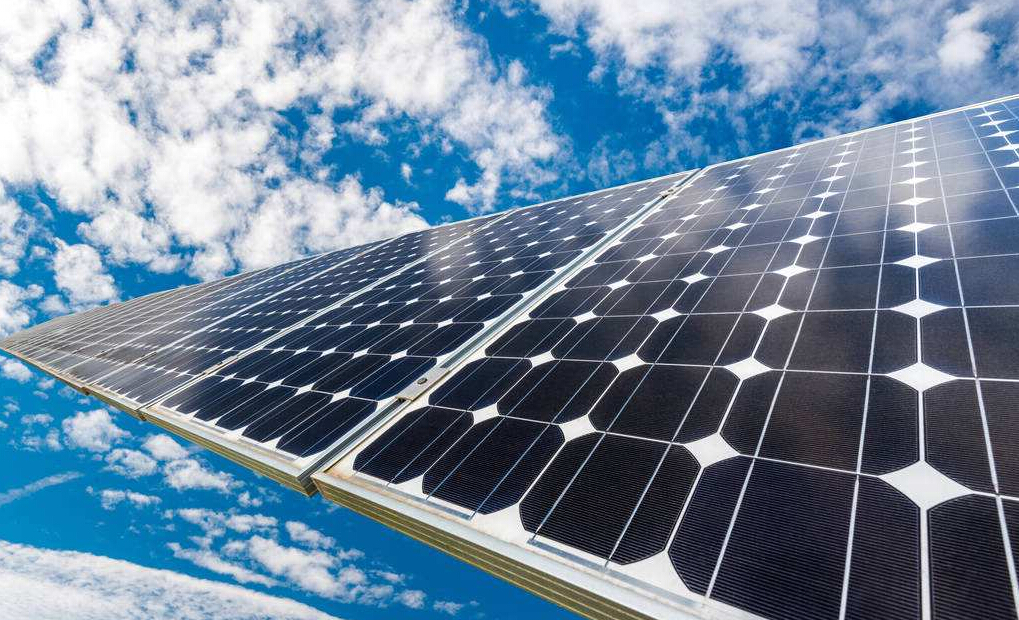
Policy brakes, industry development meets resistance. The joint announcement of the National Development and Reform Commission, the Ministry of Finance, and the National Energy Administration has brought a number of policy shocks to the market, including: (1) Suspending the issuance of ground project scale in 2018; 2) The national distributed project scale will only be 10 GW in 2018 (based on The Energy Bureau increased the installed capacity of 7.69 GW in the first quarter of 18 and 19.4 GW in 2017; 3) The various regions supported the development of the photovoltaic industry according to their respective actual policies, and arranged various types according to the acceptance conditions of the grid and related requirements. No state-subsidized photovoltaic power generation project is required. (4) The PV on-grid tariff is further reduced by RMB 0.5/kWh, the benchmark price will be reduced from 0.55/0.65/0.75 yuan per kilowatt-hour to 0.50/0.60/0.70 yuan per kilowatt-hour, and the subsidy level for distributed projects will be from 0.37 yuan. Yuan/KWh is lowered to 0.32 yuan/KWh. The new policy takes effect immediately from the date of its publication and there is no transition period. We believe that both the policy intensity and the timing of implementation (May 31, but not June 30) are strongly affected by the New Deal.
The rapid policy is mainly aimed at the overheated development of photovoltaic installations. As the pace of development of new energy far exceeds the growth rate of fund planning for renewable energy development, China is facing a severe shortage of severe renewable energy funds. By the end of 2017, we have estimated that the funding gap for renewable energy has exceeded 100 billion yuan. At the same time, the decline in capital expenditures for downstream PV projects is much higher than the reduction of electricity tariffs and subsidies for terrestrial power stations and distributed projects. The downstream photovoltaic projects (Even after the reduction in electricity prices and subsidies) still produces very substantial project returns. We believe that the three ministries' joint policy 1) aims to reduce the need for new renewable energy subsidies; 2) accelerate the promotion of cheaper Internet access; and 3) tighten control of PV project capacity expansion before parity nets are realized.
















 RCCN WeChat QrCode
RCCN WeChat QrCode Mobile WebSite
Mobile WebSite